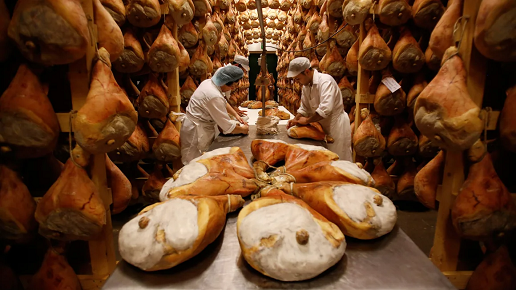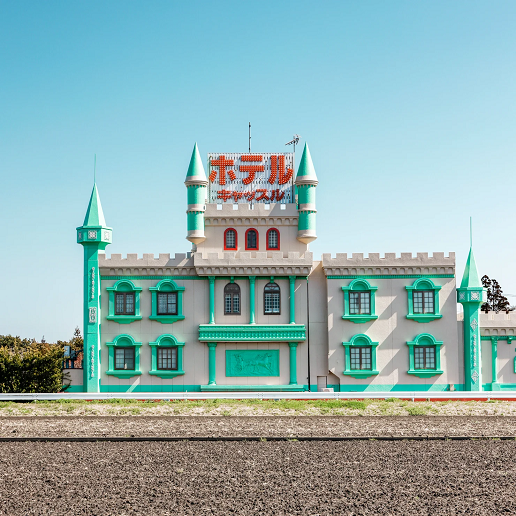

:::
New Resident Audiovisual Ambassador, Ms. Chen Jinling will tell you all the delicacies at the Gongguan Shopping Area
New Resident Audiovisual Ambassador, Ms. Chen Jinling will tell you all the delicacies at the Gongguan Shopping Area




